Golden Rice Approved by U.S. FDA
On May 24, 2018, the United States Food and Drug Administration (U.S. FDA) released a statement on GR2E…
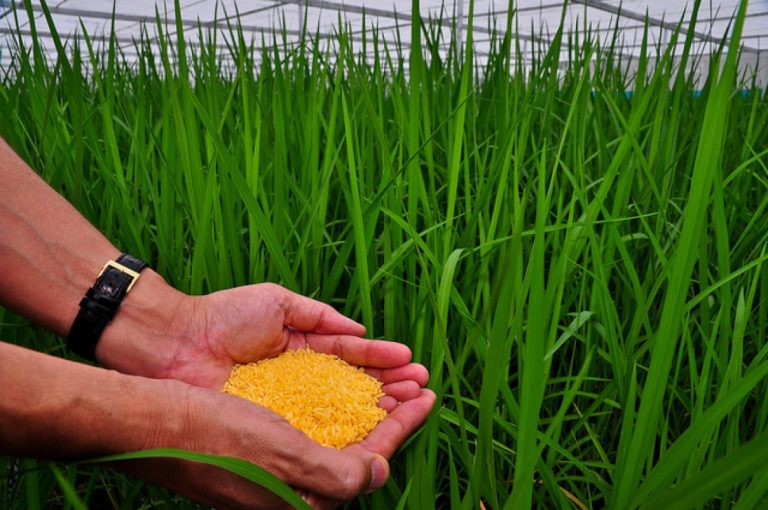
On May 24, 2018, the United States Food and Drug Administration (U.S. FDA) released a statement on GR2E…

On. Nov. 13, 2017, research by Dr. Patrick McGovern, Director of the Biomolecular Archaeology Laboratory at the University…

On April 26, 2017, the U.S. Department of Agriculture’s (USDA) announced that the New World screwworm (NWS) had…
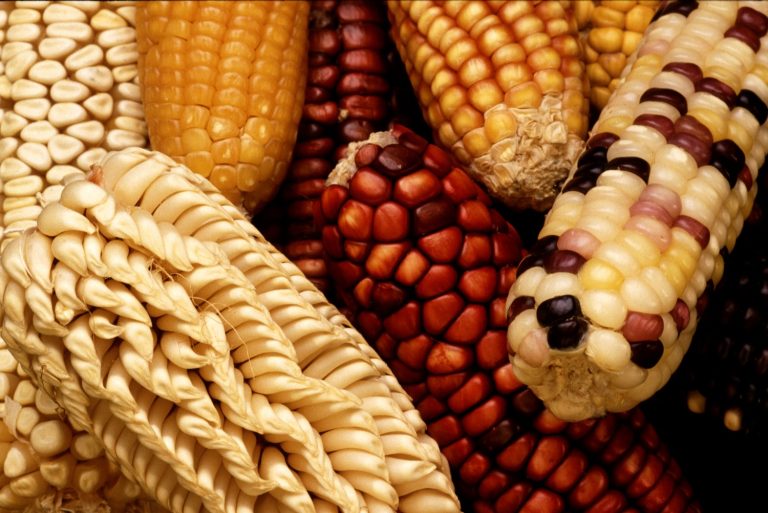
On Oct. 31, 2016, scientists reported that humans domestication of crops and livestock are dated to 14000 BCE…
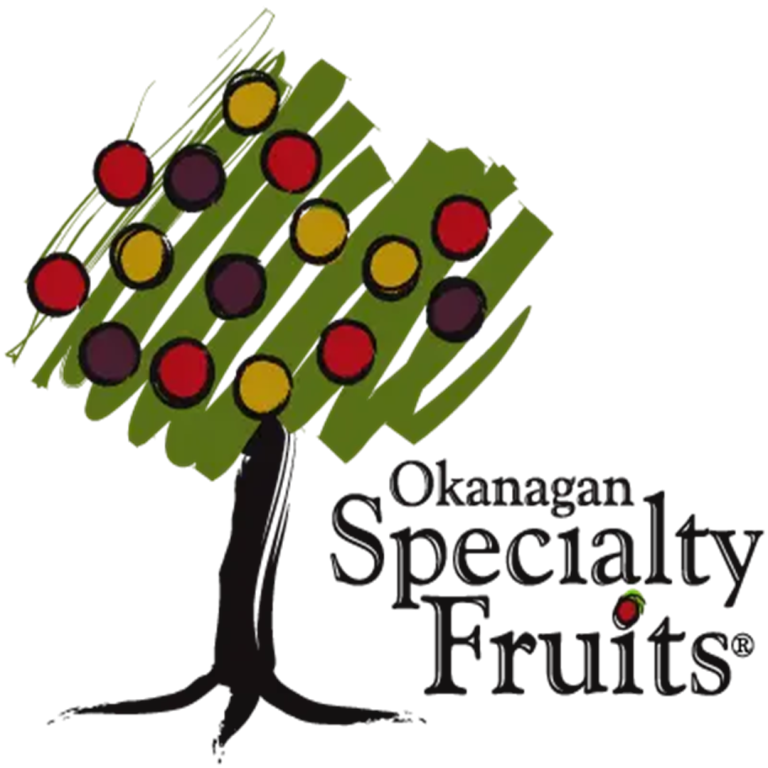
On Oct. 3, 2016, Okanagan Specialty Fruits (OSF) announced that it had successfully completed the first commercial harvest…

On Sept. 14, 2016, Bayer and Monsanto announced a merger agreement whereby Bayer acquired Monsanto for USD $128…

On Sept. 8, 2016, the University of Alberta received $82.5 million in infrastructure funding from the federal and…

On Aug. 31, 2016, State Senator Pat Steadman was honored by the University of Colorado Cancer Center (CU)…

On Jun. 7, 2016, IBio and the Texas A&M Institute of Infectious Animal Diseases (TAMUS) announced they had…

On Oct. 19, 2015, the first withdrawl from the Svalbard Global Seed Vault was required due to Syrian…
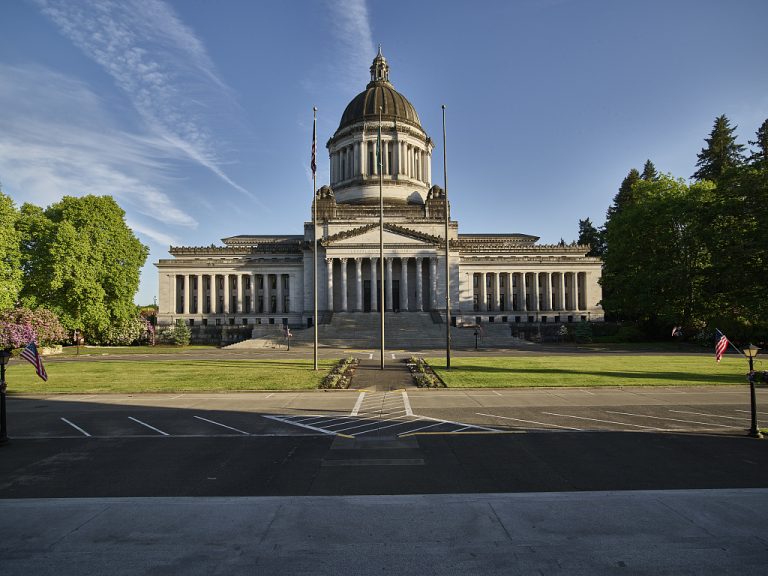
On Jun. 29, 2015, the Life Sciences Discovery Fund Authority (LSDF) was defunded by the Washington State Legislature,…
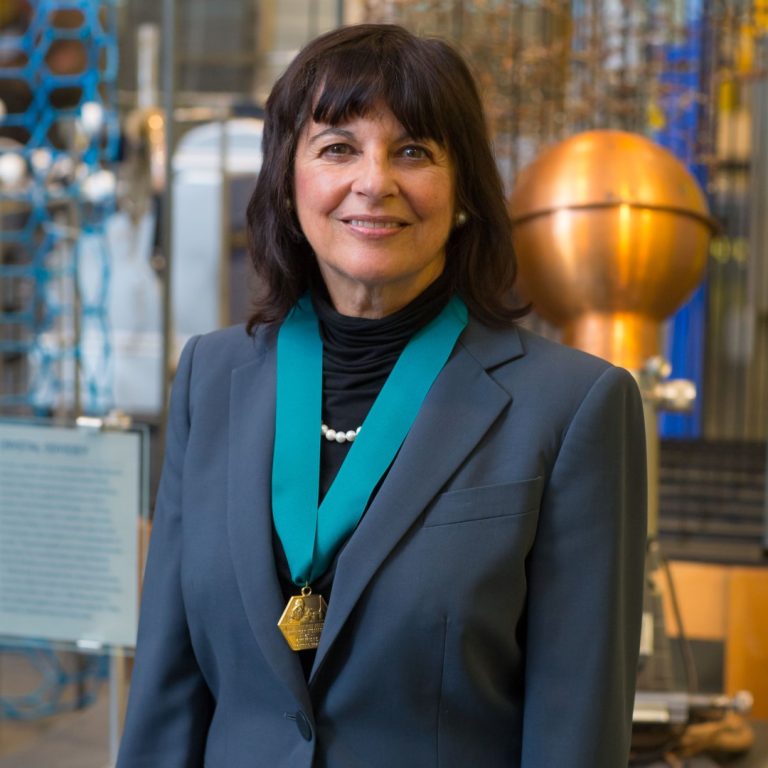
On Mar. 23, 2015, the American Chemical Society awarded the Priestley Medal to Jacqueline K. Barton “to recognize…

In 2015, the California Life Sciences Association was founded. (CLSA) was founded when the Bay Area Bioscience Association…
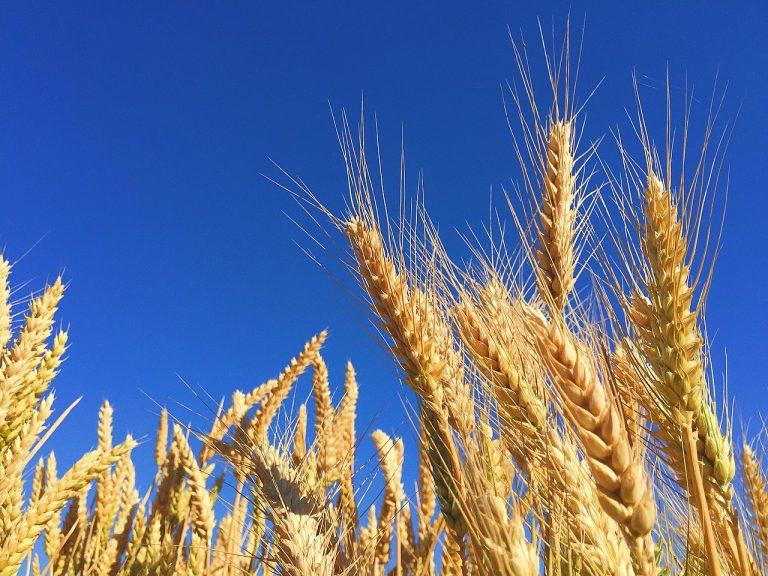
On Jul. 17, 2014, the International Wheat Genome Sequencing Consortium (IWGSC) a draft sequence of the bread wheat…
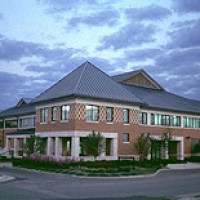
On Apr. 4, 2014, Lowell Miller, a resident of Loch Lloyd, Mo., made a gift of $1.1 million…

On Mar. 21, 2014 the Virginia Tech College of Agriculture and Life Sciences building opened. In the new…

On Jul. 23, 2013, Matrical Bioscience announced it has had been acquired by Chelmsford, Massachusetts-based Brooks Automation for…
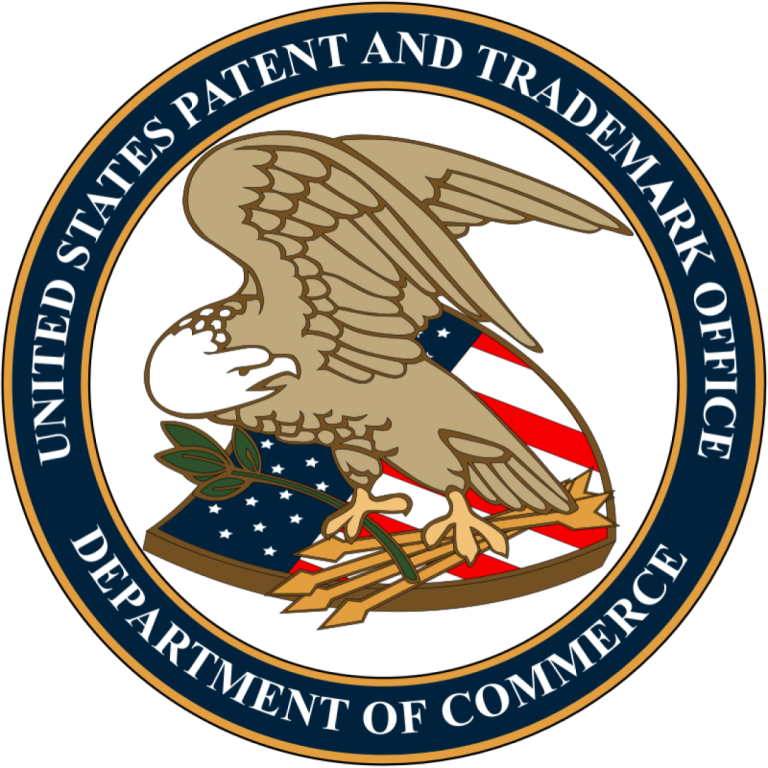
On Mar. 16, 2013, the U.S. Patent and Trademark Office (USPTO) implemented the first inventor to file (FITF)…
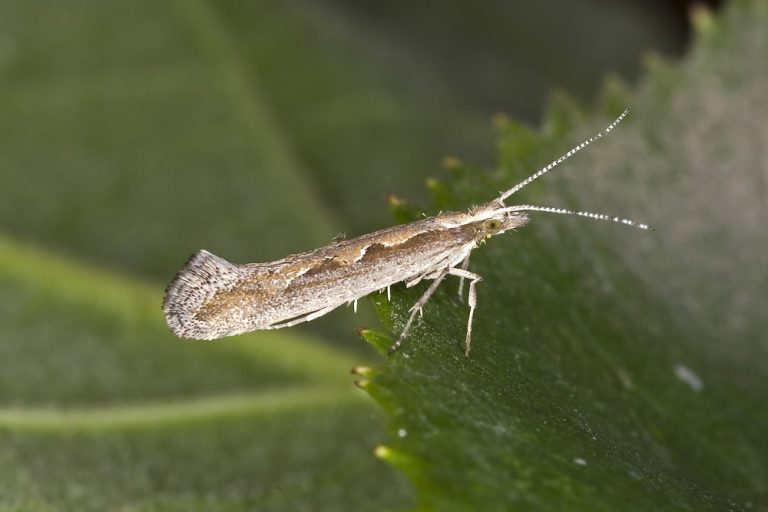
On Jan. 13, 2013 an international research team led by the Fujian Agriculture and Forestry University announced they…

On Nov. 28, 2012, scientists from the USDA’s Agricultural Research Service (ARS), as part of an international team,…

On Apr. 24, 2012, the U.S. Department of Agriculture’s (USDA) Animal and Plant Health Inspection Service (APHIS) confirmed…
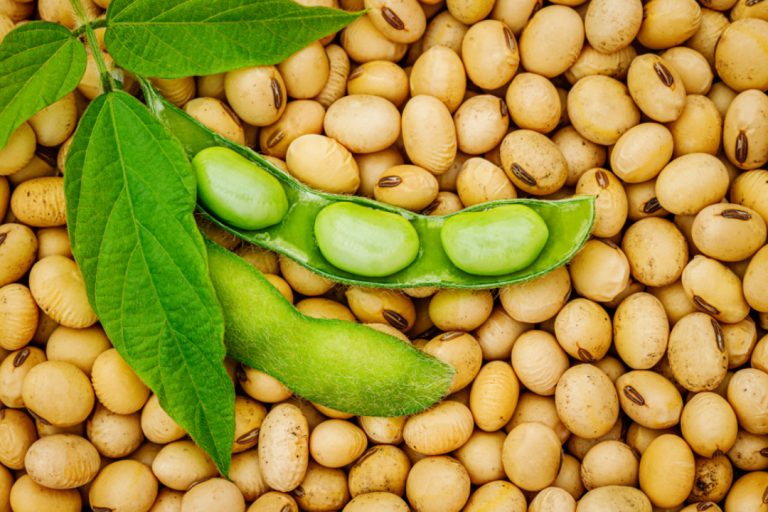
On Jan. 6, 2012, scientists reported that small-seeded soybeans indicating wild-type soybeans date to 9,000 years ago. Historical…
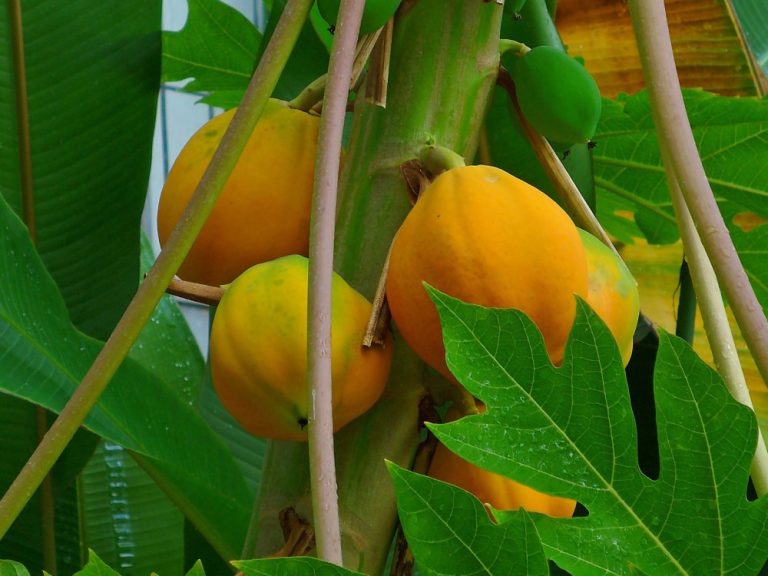
On Dec. 1, 2011, Rainbow Papaya from Hawaii was approved for commercial shipments to Japan. This announcement marks…
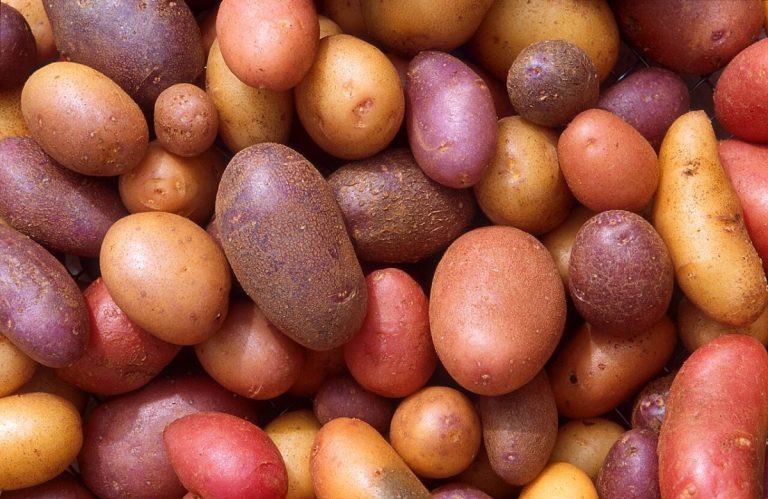
On Jul. 10, 2011, members of the Potato Genome Sequencing Consortium (PGSC) announced publication of the complete potato…

On Jul. 1, 2011, the Kansas Legislature abolished the Kansas Technology Enterprise Corporation (KTEC) in a cost-cutting proposal…
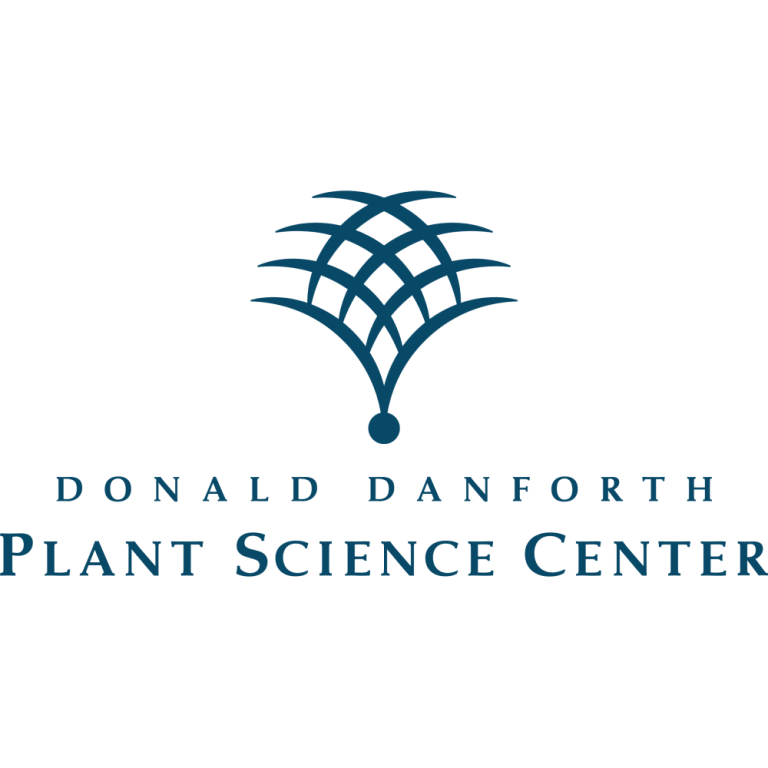
On Jan. 12, 2011, The Danforth Foundation’s made a final gift of $70 million to the Donald Danforth…
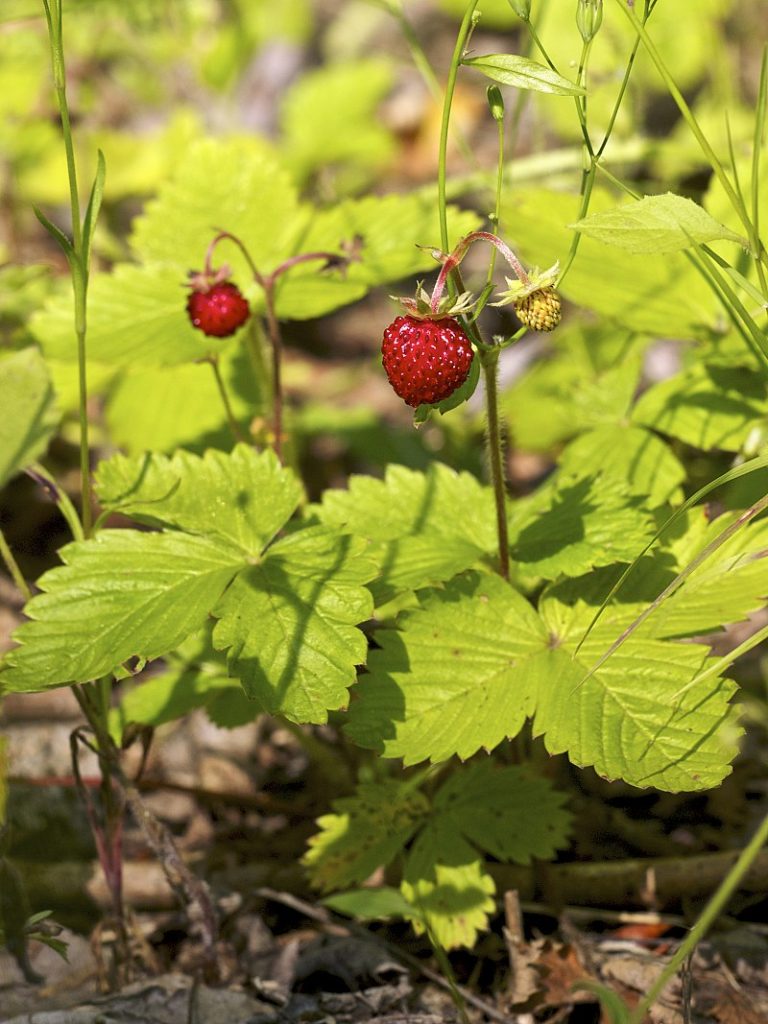
On Dec. 26, 2010, an international team ey had sequenced the genome of the woodland strawberry. This diminutive…
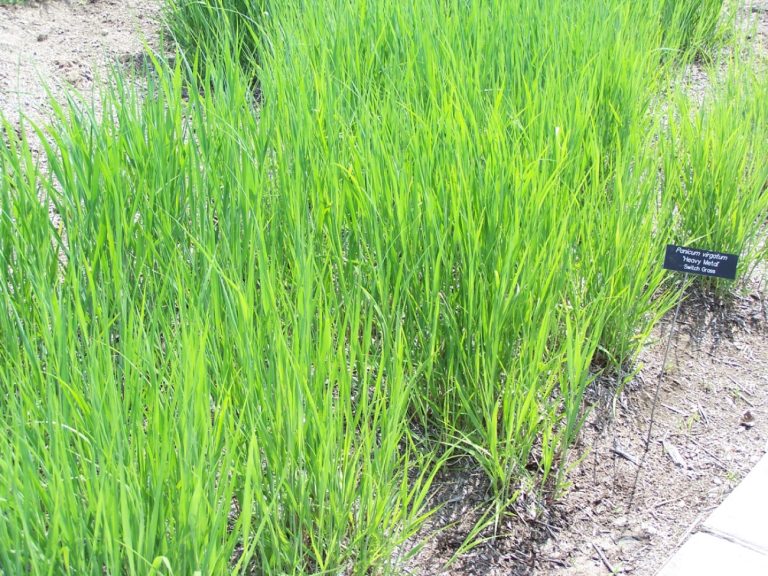
On Jul. 1, 2010, U.S. Dept. of Agriculture Agricultural Research Service (ARS) scientists announced a genetic map of…

On Nov. 9, 2009, The Global Cassava Partnership (GCP-21) — a team of academic, government and industry researchers…
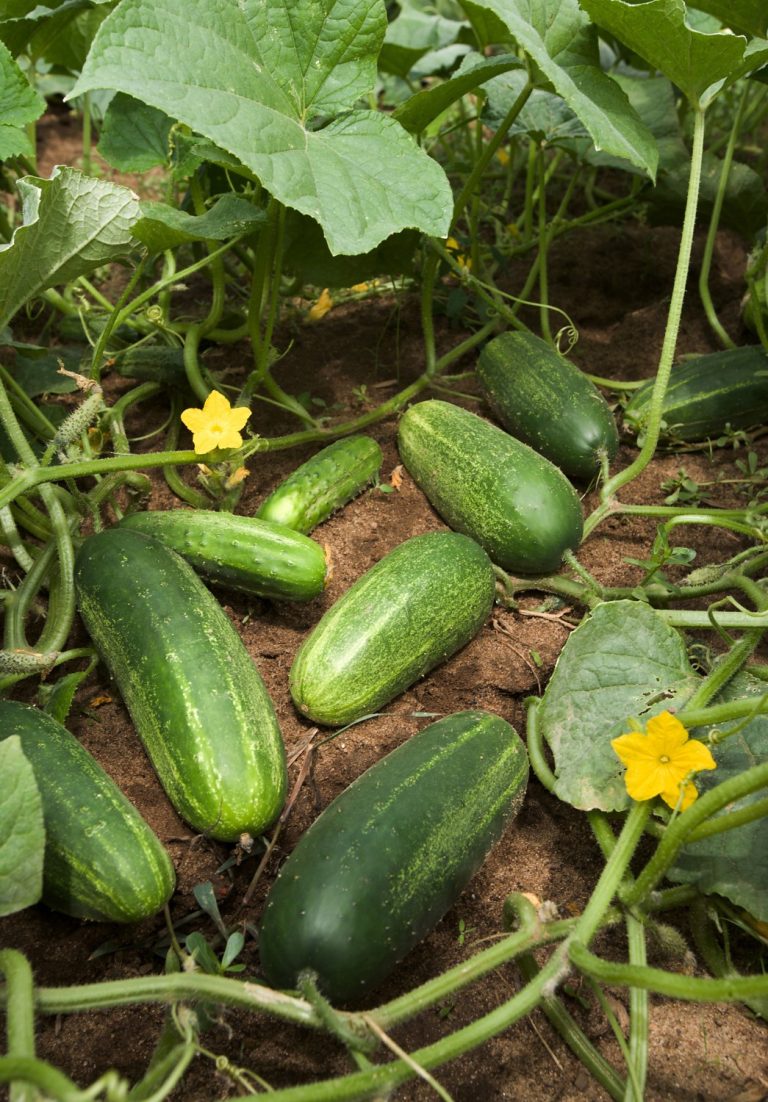
On Nov. 1, 2009, an international consortium lead by Chinese and U.S. institutions announced they had sequenced the…